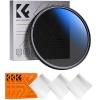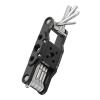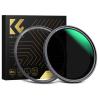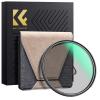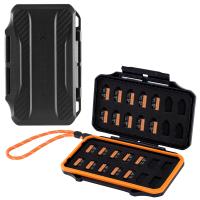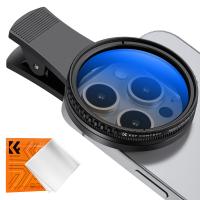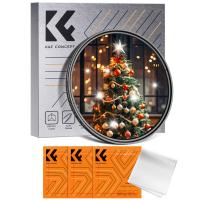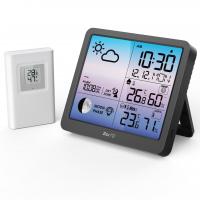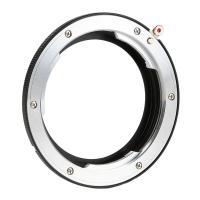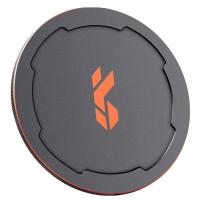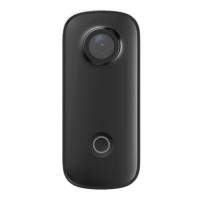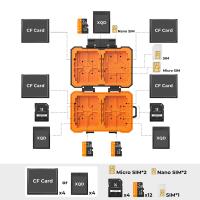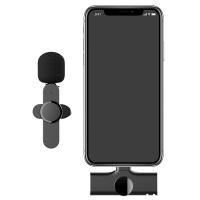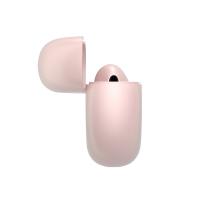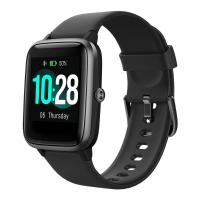How To Open Sd Card On Phone?
In today's digital age, SD cards have become an essential tool for expanding the storage capacity of our smartphones. Whether you're looking to store more photos, videos, music, or apps, an SD card can provide the extra space you need. However, many users often find themselves puzzled about how to access and manage the content on their SD cards. This article aims to provide a comprehensive guide on how to open and use an SD card on your phone, addressing common issues and offering practical solutions.
Understanding SD Cards
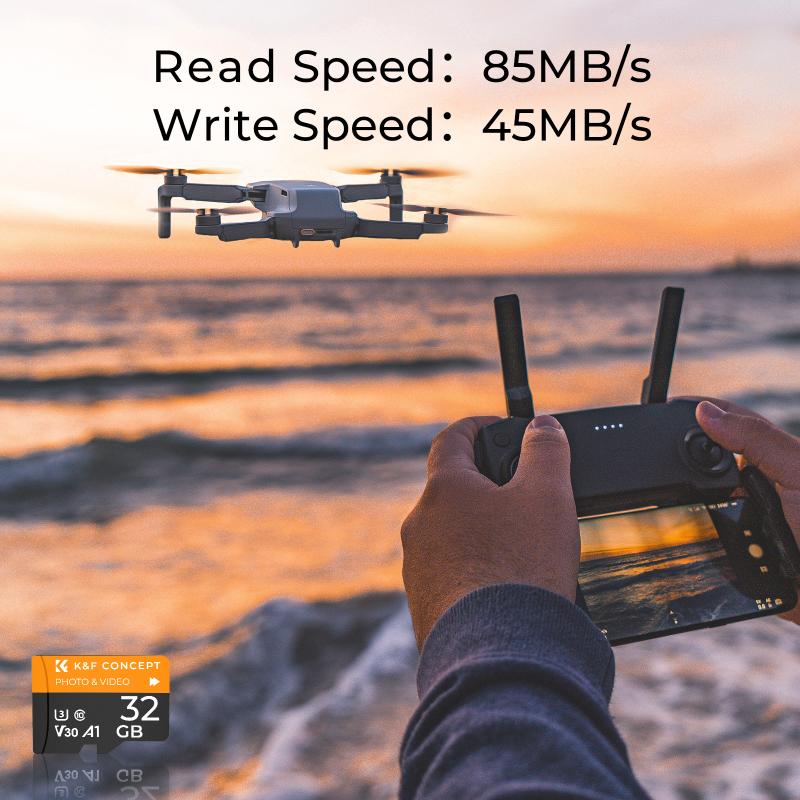
Before diving into the steps to open an SD card on your phone, it's important to understand the different types of SD cards available. The most common types are:
1. SD (Secure Digital) Card: Typically used in older devices and cameras.
2. SDHC (Secure Digital High Capacity) Card: Offers higher storage capacity, up to 32GB.
3. SDXC (Secure Digital Extended Capacity) Card: Provides even more storage, ranging from 64GB to 2TB.
Most modern smartphones support SDHC and SDXC cards, but it's always a good idea to check your phone's specifications to ensure compatibility.
Inserting the SD Card
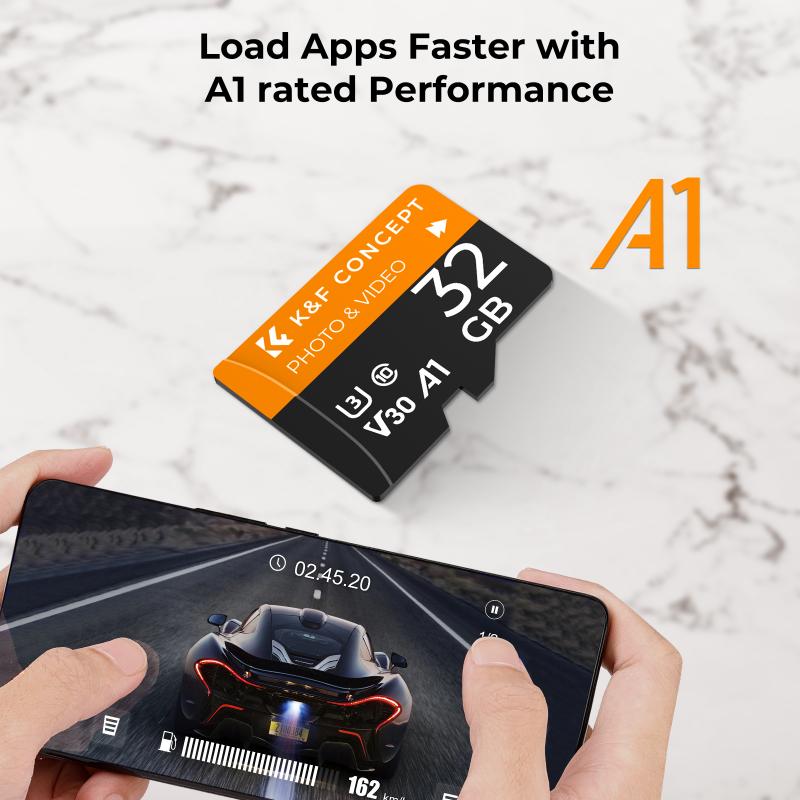
The first step to accessing your SD card is to insert it into your phone. Here's how to do it:
1. Power Off Your Phone: To avoid any potential damage, turn off your phone before inserting the SD card.
2. Locate the SD Card Slot: Depending on your phone model, the SD card slot may be located on the side, under the back cover, or in the SIM card tray.
3. Insert the SD Card: Carefully insert the SD card into the slot. Make sure it is properly aligned and fully inserted.
4. Power On Your Phone: Turn your phone back on. It should automatically detect the SD card.
Accessing the SD Card

Once the SD card is inserted, you can access it through your phone's settings or file manager. Here are the steps for both methods:
Using Phone Settings
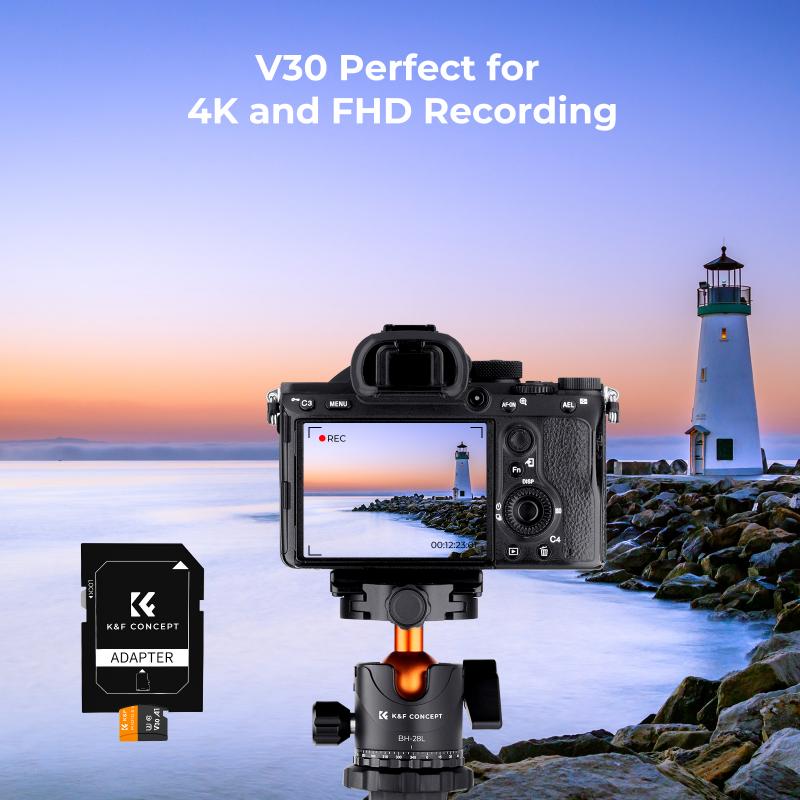
1. Open Settings: Navigate to your phone's settings menu.
2. Storage: Look for the "Storage" option. This is usually found under the "Device" or "System" section.
3. SD Card: Tap on the SD card option. Here, you can see the available storage and manage the content.
Using File Manager
1. Open File Manager: Most smartphones come with a pre-installed file manager app. If not, you can download one from the app store.
2. SD Card: In the file manager, look for the SD card option. It may be labeled as "SD Card," "External Storage," or something similar.
3. Browse Content: Tap on the SD card to browse its content. You can view, move, copy, or delete files as needed.
Managing SD Card Content
Managing the content on your SD card is crucial for maintaining an organized and efficient storage system. Here are some tips for managing your SD card content:
Moving Apps to SD Card
Many Android phones allow you to move apps to the SD card to free up internal storage. Here's how:
1. Open Settings: Go to your phone's settings menu.
2. Apps: Tap on the "Apps" or "Applications" option.
3. Select App: Choose the app you want to move to the SD card.
4. Storage: Tap on the "Storage" option.
5. Change Storage Location: Select "Change" and choose "SD Card."
Note that not all apps can be moved to the SD card, and this feature may not be available on all phones.
Transferring Files
Transferring files between your phone's internal storage and the SD card can help you manage space more effectively. Here's how to do it:
1. Open File Manager: Access your file manager app.
2. Select Files: Choose the files you want to transfer.
3. Move or Copy: Tap on the "Move" or "Copy" option.
4. Select Destination: Choose the SD card as the destination and select the folder where you want to move or copy the files.
Formatting the SD Card
Formatting your SD card can help resolve issues such as corrupted files or slow performance. However, formatting will erase all data on the card, so make sure to back up any important files before proceeding. Here's how to format your SD card:
1. Open Settings: Go to your phone's settings menu.
2. Storage: Tap on the "Storage" option.
3. SD Card: Select the SD card option.
4. Format: Tap on "Format" or "Format SD Card" and confirm the action.
Troubleshooting Common Issues
Despite following the steps above, you may encounter some issues when trying to open or use your SD card. Here are some common problems and their solutions:
SD Card Not Detected
If your phone does not detect the SD card, try the following:
1. Reinsert the SD Card: Turn off your phone, remove the SD card, and reinsert it.
2. Check Compatibility: Ensure that the SD card is compatible with your phone.
3. Try Another Device: Insert the SD card into another device to check if it is working.
Corrupted SD Card
If your SD card is corrupted, you may need to format it. However, this will erase all data on the card. To recover data from a corrupted SD card, you can use data recovery software on a computer.
Slow Performance
If your SD card is causing slow performance, try the following:
1. Format the SD Card: Formatting can help improve performance.
2. Use a High-Speed SD Card: Ensure that you are using a high-speed SD card, especially if you are storing large files or apps.
Opening and managing an SD card on your phone is a straightforward process once you understand the steps involved. By following this guide, you can easily access, manage, and troubleshoot your SD card, ensuring that you make the most of the additional storage space. Whether you're moving apps, transferring files, or resolving issues, these tips will help you maintain an organized and efficient storage system on your smartphone.


